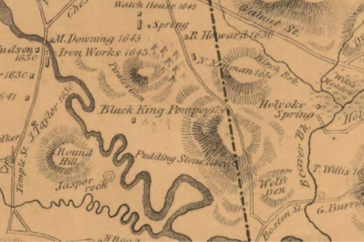Associate professor of Spanish Carmen García de la Rasilla has edited a new volume of essays on the modern Spanish historical novel titled "La novela histórica española contemporánea: novedades y transformaciones." Rasilla has a Ph.D in history from the University of Valladolid, Spain and a Ph.D. in literature from The Johns Hopkins University and researches and publishes in both fields. Author of "Salvador Dalí's Literary Self-Portrait: Approaches to a Surrealist Autobiography" (2009), her other publications include a study of twentieth century Spanish urban history, and articles and book chapters on these subjects, as well as on comparative literature, women and painting and on Spanish Surrealism. She is currently editing a book on Cervantes' Don Quixote, forthcoming in Juan de la Cuesta, and is preparing a further monograph on cultural traditions and moods in the work of Salvador Dalí.
La novela histórica española contemporánea: novedades y transformaciones (Del 98 al nuevo milenio)
edited by Carmen Garcia De La Rasilla
Editorial Verdelis (January 1, 2016)
Edited by Carmen García de la Rasilla, this book deepens our knowledge of one of the most popular, successful and less studied genres in modern Spanish literature. Departing from the transformation initiated by Miguel de Unamuno in Peace in War (1897), his novel on the Second Carlist War, the volume aims to illuminate the genre’s major innovations and changes during those special periods affected by political and cultural crises in contemporary Spain, such as the transitions from the 19th to the 20th century and between the 20th century and the new millennium. It was just at those chronological crossroads, among attempts at constructing a collective memory, when historical novels became indispensable to understand and even to control, at least at a literary level, a buried past that often returns in uncanny ways. The essays gathered in this collection highlight the narrative hybridism of the genre, as well as its protean and contradictory nature. They also suggest useful insights and innovative reading strategies to navigate the playful labyrinth built by the complex relationships between history and fiction and invite reflection on a postmodern aesthetic characterized by contradiction, self-reference and subversion.
















































